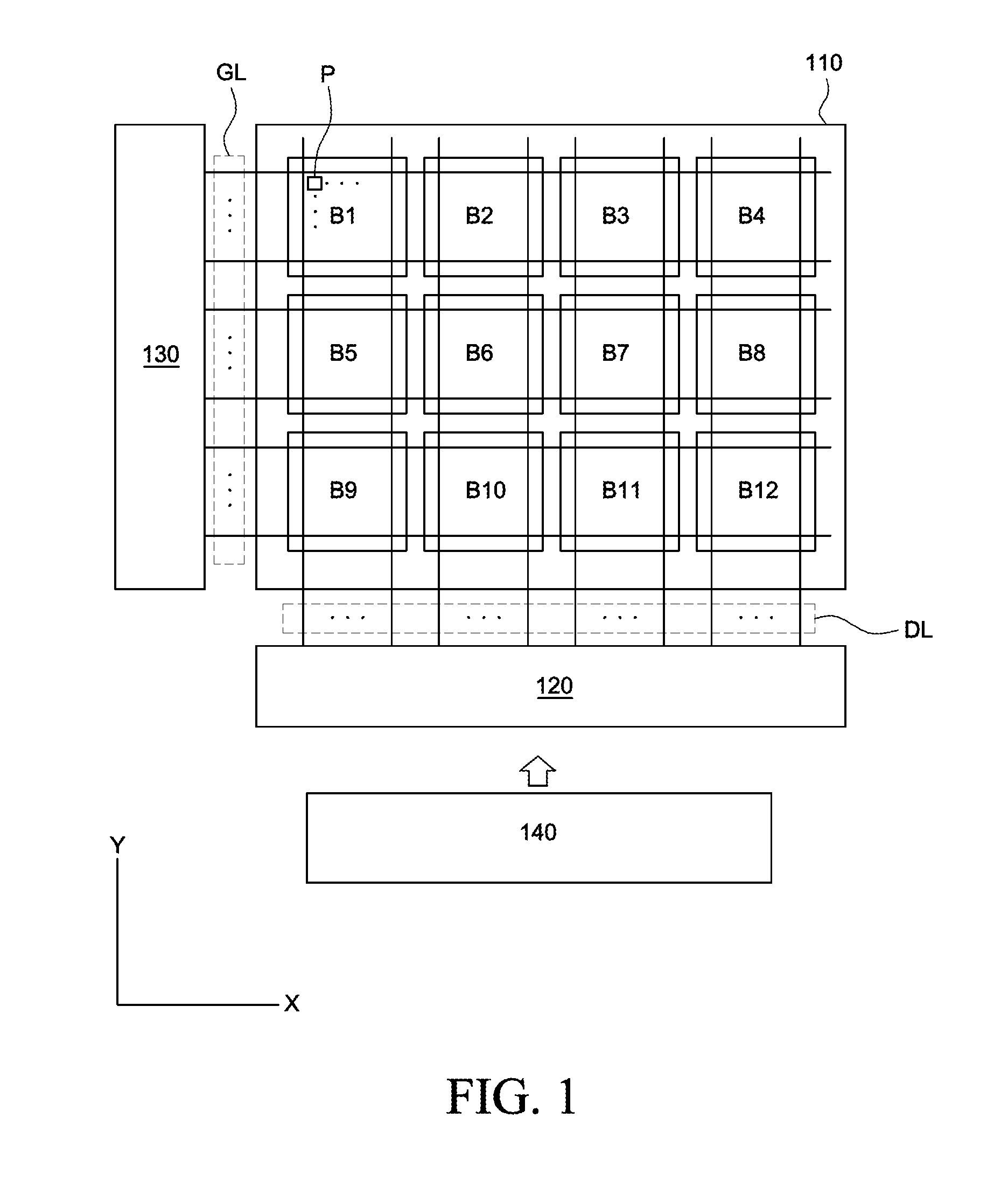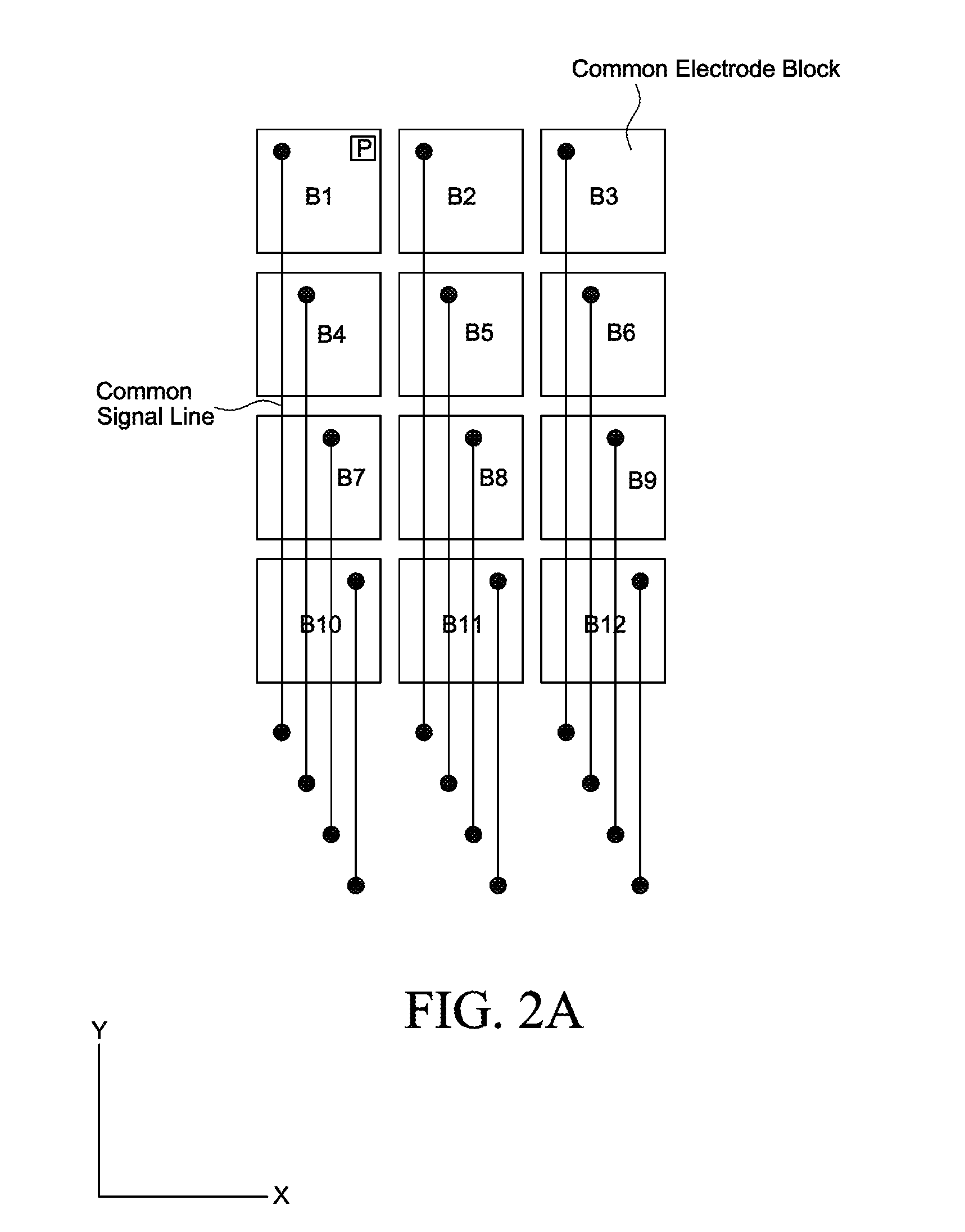Touch recognition enabled display device with asymmetric black matrix pattern
a display device and touch recognition technology, applied in the field of display devices, can solve the problems of visual defects, affecting the appearance adding to the thickness and weight of the display device, etc., and achieves the effect of reducing the thickness of the passivation layer, reducing the distance between the electrodes, and reducing the size of the inactive area at the side of the panel
- Summary
- Abstract
- Description
- Claims
- Application Information
AI Technical Summary
Benefits of technology
Problems solved by technology
Method used
Image
Examples
Embodiment Construction
[0044]Reference will now be made in detail to the exemplary embodiments of the present invention, examples of which are illustrated in the accompanying drawings. Wherever possible, the same reference numbers will be used throughout the drawings to refer to the same or like parts.
[0045]The following description includes embodiments described in the context of LCDs, in particular the In-Plane-Switching (IPS) mode LCD and the Fringe-Field-Switching (FFS) mode LCD, in which the common electrodes and the pixel electrodes of the pixels are arranged on one of the substrates that enclose the liquid crystal layer. However, it should be appreciated that the features described here can be used applied to any types of displays having a plurality of conductive lines placed under the array of TFTs, which are connected to the ones of the electrodes shared among a group of pixels. For instance, an organic-light-emitting-diode (OLED) display can be provided with the common signal lines CS_LNs placed...
PUM
 Login to View More
Login to View More Abstract
Description
Claims
Application Information
 Login to View More
Login to View More - R&D
- Intellectual Property
- Life Sciences
- Materials
- Tech Scout
- Unparalleled Data Quality
- Higher Quality Content
- 60% Fewer Hallucinations
Browse by: Latest US Patents, China's latest patents, Technical Efficacy Thesaurus, Application Domain, Technology Topic, Popular Technical Reports.
© 2025 PatSnap. All rights reserved.Legal|Privacy policy|Modern Slavery Act Transparency Statement|Sitemap|About US| Contact US: help@patsnap.com



